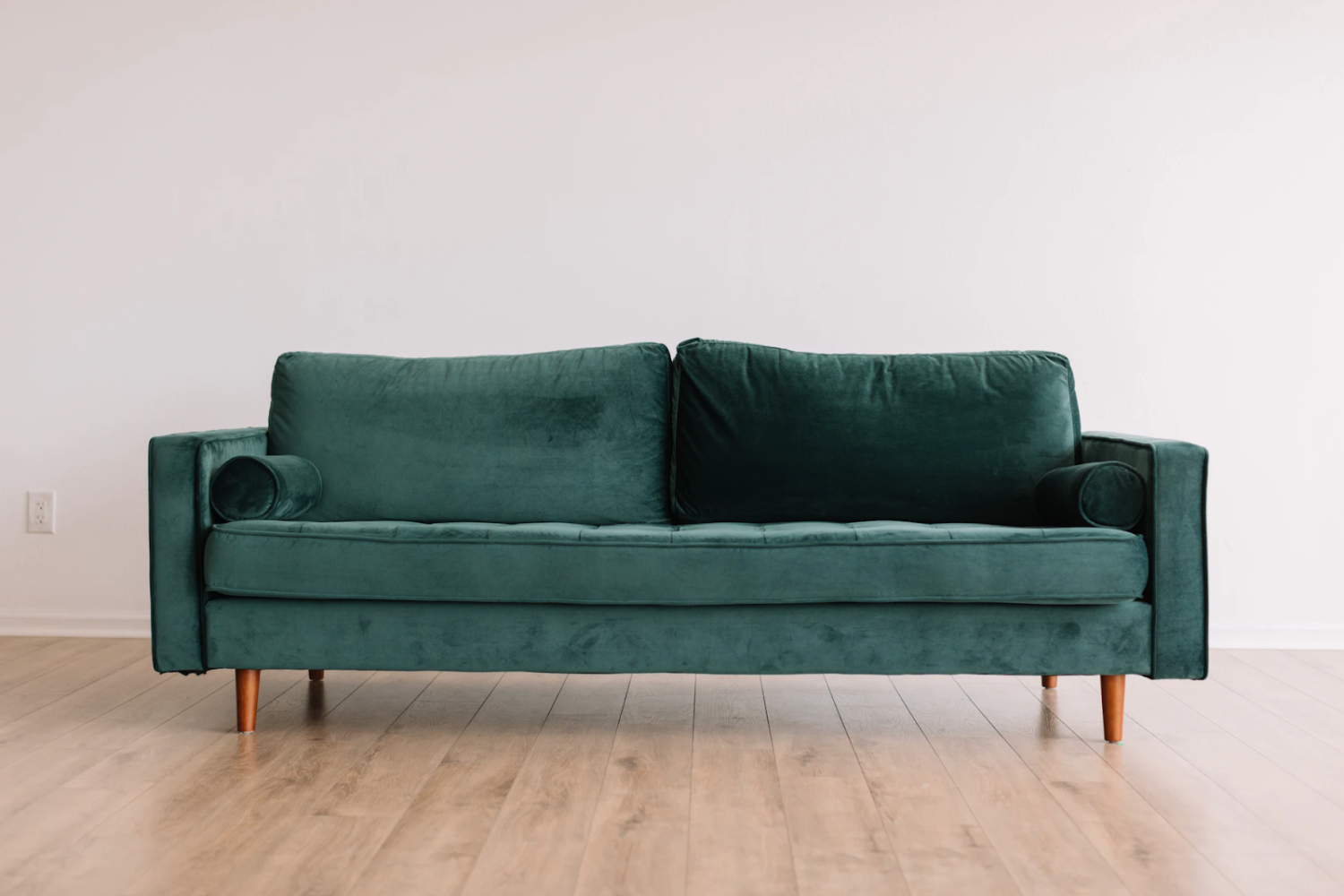Community halls across Renfrewshire set for refurbishment
March 31, 2021St Paul’s Pupil entertains fellow pupils
April 1, 2021
Shopping for furniture can be a blast, or it can be a massive headache. It’s a big choice that you’re going to be living with for a while, and you want to ensure you’re keeping everything you need in mind. The following will explore aspects of choosing furniture you need to consider when redecorating.
Understand Statement Pieces
It will be obvious once you think about it, but it’s not something people talk about enough when they refer to home decor. Some pieces of furniture are loud, and some are quiet. Suppose you have too many loud pieces in a room. In that case, the effect will be overwhelming, and kind of uncomfortable—like how walking around the mall feels during the holidays where every item, package, and the ad is screaming for your attention all at once. All you did was go to a few stores; why are you so tired? That feeling.
In contrast, some pieces are quiet, and if space is full of silent pieces, the result can be underwhelming—nothing catches your eye or holds your interest. Therefore, Homes Direct 365 points out that, ideally, you want to start with one or two statement pieces per room—the sofa or a unique coffee table or the dining table. Once that’s done, you can fill the surrounding space with quieter, complementary pieces.
Be Honest About Your Family and Habits
It doesn’t matter how pretty that couch is; if it’s neon white and your three-year-old love finger painting and hates washing her hands, you have a potential problem.
Think about how you and your family use the space and choose pieces to handle your daily life. What color is your dog’s fur? Is it kid-friendly? Does the chair you’re looking at seem like it could withstand the everyday wear and tear that your family can expect to give it? Or is it one of those “only for the guests” pieces? Will having a chair no one is allowed to sit on change up your living room’s feeling? Make things a little less welcoming?
It can be frustrating to admit to yourself that you’re never going to have an ivory living room set (at least not for the next fifteen years) but trust us, it’s going to be far more frustrating to purchase the set and have it be destroyed—staring at ink stains every day for the next few years.
Learn About Materials
Like anything else we put in our house, furniture can be made out of a vast array of materials; some of these are more toxic than others. Some are eco-friendly and won’t harm pets or babies that stick the kitchen chairs’ legs into their mouths. More than this, materials like sofa upholstery can be made with some really scary stuff resulting in a puff of volatile organic compounds floating around in the air each time someone sits down.
And that doesn’t necessarily go away after the new couch smell is gone. That can keep happening for years (reducing your life expectancy in the process). Avoid flame retardant materials as these tend to be regular materials sprayed with carcinogenic chemicals.
Always Be Thinking About Storage
Furniture has a functional aspect to it—that part is obvious—we sit on chairs, put our dinner on tables, end tables hold nightstands, etc. But on top of the standard function, all furniture can either be adding to the clutter in your home or taking away from it. Television stands can have enough space for those DVDs you can’t bear to throw away or the extra blankets you always need when you’re cuddling on the couch or the baskets you use to hide the myriad of cords and wires that are now part of your life forever.
Your coffee table can double as storage space, your headboard and bedframe too—ensure that whatever you choose has enough storage elements to accommodate your storage needs. Most of us could use two more bookshelves than what we have (at least). That gorgeous kitchen cabinet isn’t going to be so pretty when it’s covered with overflowing dishes and those odd pots you rarely use (but when you need them, you really need them).
Understand Color Theory
This seems like a strange thing to include on the list, but you won’t think it’s so odd once you read the science. It turns out that the colors we see the most (particularly in large swatches like on our walls, floors, spread across our windows and beds and sofas) have a drastic impact on our mood and overall sense of space. Before purchasing any large item, check the impact its color will have on you and your family.
The above tips should help you keep the important things in mind while shopping for furniture. Of course, every home is different, so everyone’s furniture needs will be different as well.
